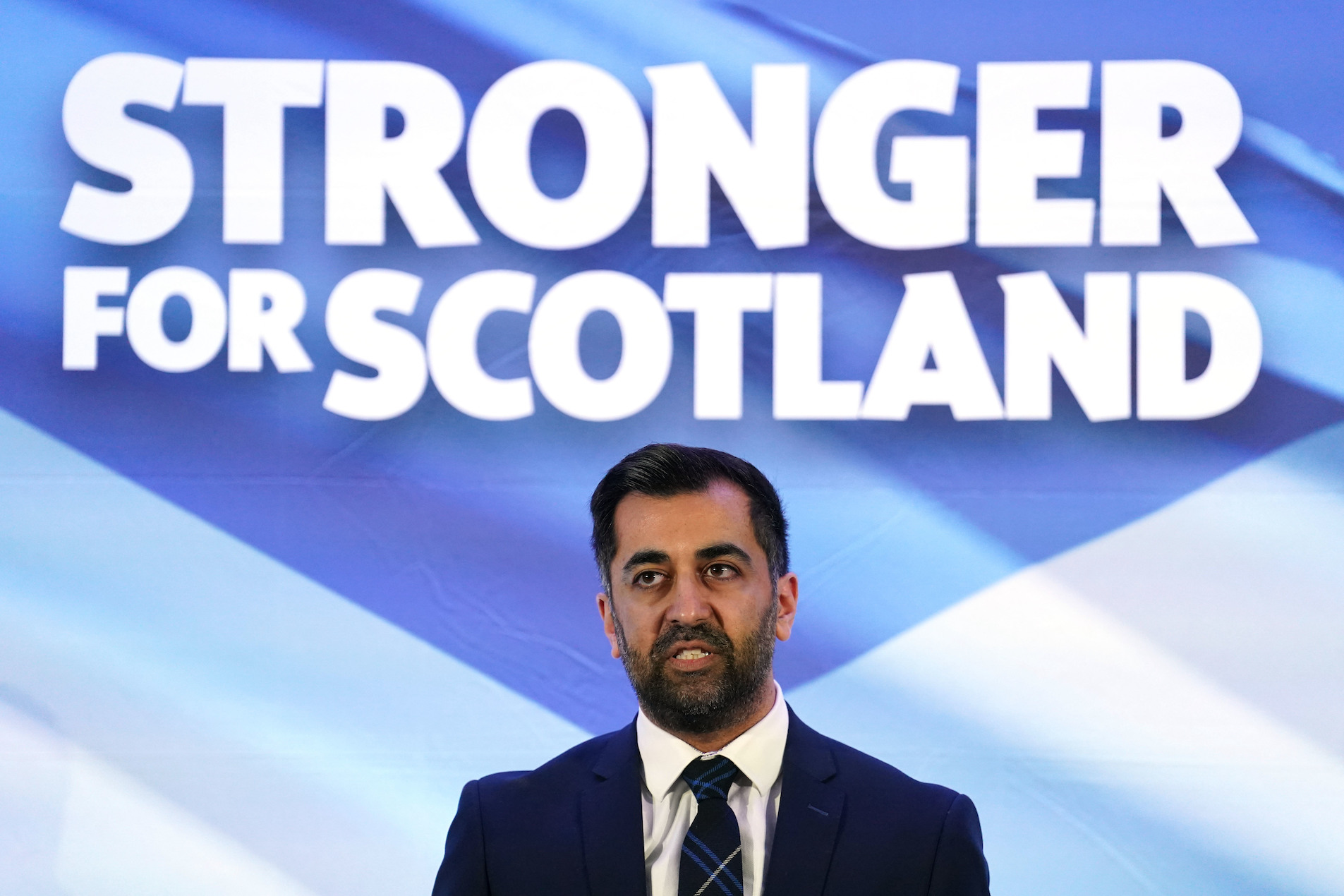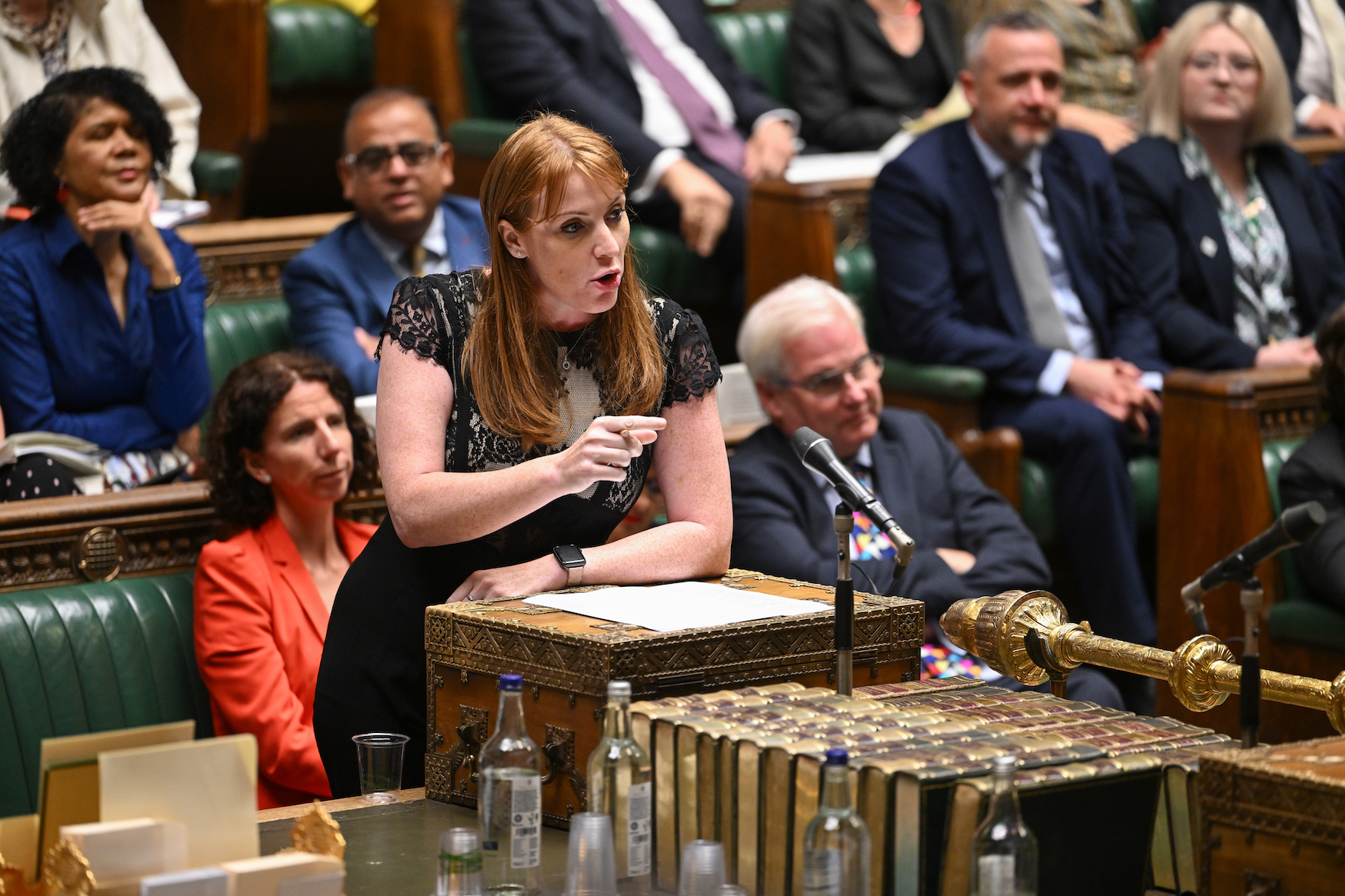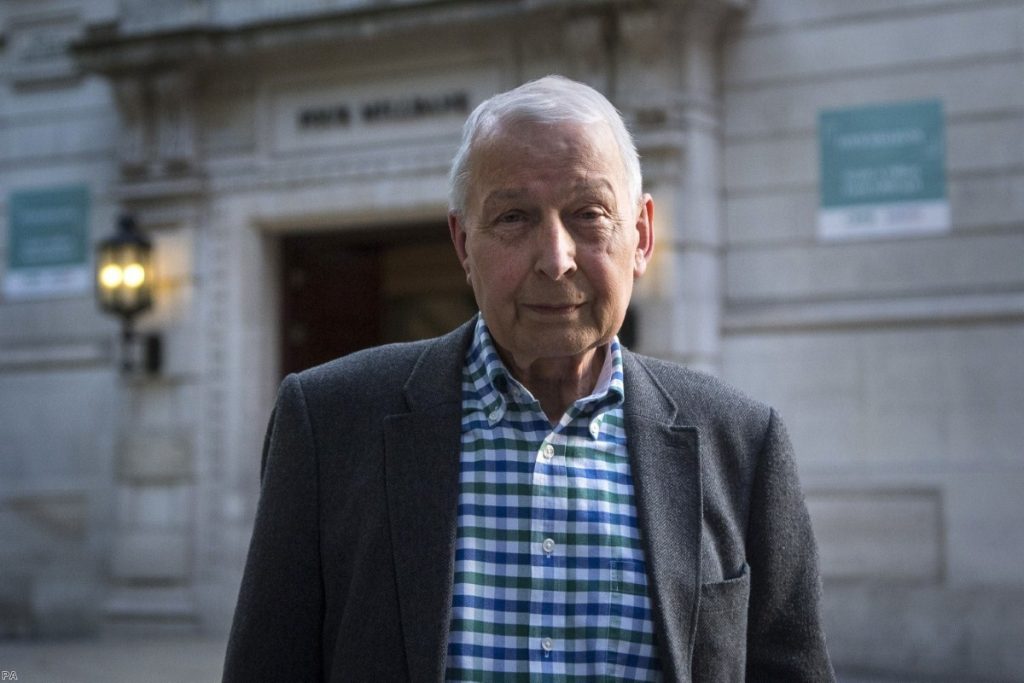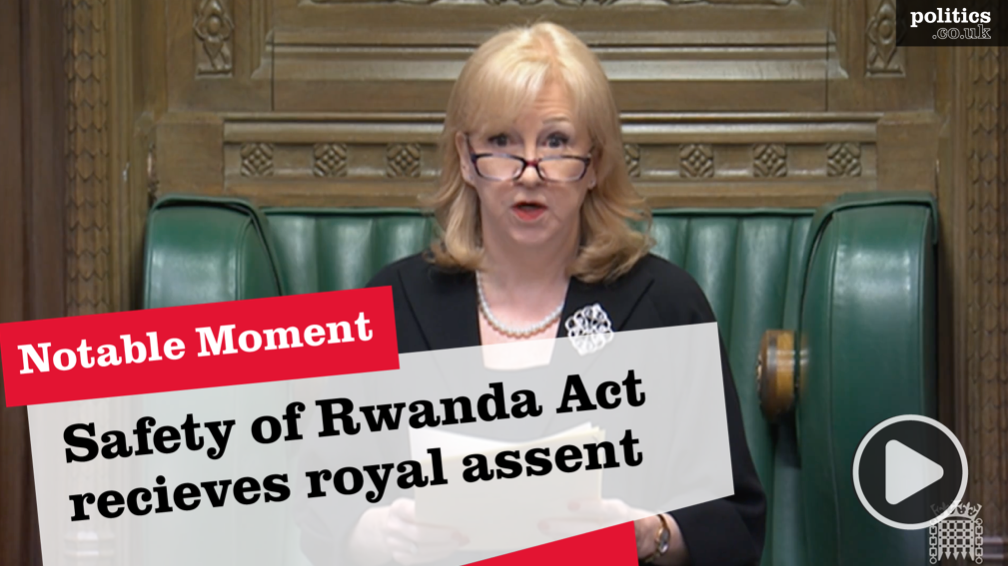What is tobacco advertising?
Tobacco advertising refers to the promotion of tobacco products, such as cigarettes, in the media and at retail outlets.
In the first half of 2003, the Tobacco Advertising and Promotion Act 2002 banned the direct and indirect advertising or promotion of tobacco products.
For the purposes of the ban, ‘tobacco advertisement’ is defined as an advertisement that has the sole purpose of promoting a tobacco product (direct advertising) or ‘whose effect is to do so’ (indirect advertising or brand-stretching). The Act says that a ‘tobacco product’ is anything made ‘wholly or partly of tobacco and intended to be smoked, sniffed, sucked or chewed.’
Under the Act, tobacco advertising in the press and on billboards was outlawed from February 2003, while direct marketing was banned from May of the same year.


The Health Act 2009, together with regulations made under the Act, enabled further restrictions on tobacco sales and advertising.
On 1 October 2011, a ban on the sale of tobacco from, and display of adverts on, vending machines came into force, the aim being to prevent under-age sales to children and to help adults trying to quit.
On 6 April 2012, further regulations came into force requiring all large shops and supermarkets in England to hide cigarettes, tobacco products and displays from public view. For all other businesses and smaller shops selling tobacco products, the regulations will apply from April 2015.
In May 2016, the Tobacco and Related Products Regulations 2016 (“the Tobacco Regulations”) introduced tighter restrictions in relation to certain vaping products and electronic cigarettes.
The gradual banning of tobacco advertising in the UK
Television advertising of tobacco products was banned in the UK in 1965 under the Television Act 1964, which was reinforced by an EU directive in the 1980s. Other advertising, such as press and billboard, was governed by a self-regulatory agreement with the Government. This covered the manner of advertising and the positioning of promotional sites.
Labour pledged to ban tobacco advertising in its 1997 election manifesto: “Smoking is the greatest single cause of preventable illness and premature death in the UK. We will therefore ban tobacco advertising.” A White Paper entitled ‘Smoking Kills’ was published in 1998. After a Government bill failed to become law before the 2001 general election, Ministers adopted an identically-drafted private member’s bill, first introduced by Liberal Democrat Peer Lord Clement-Jones.
Under the Tobacco Advertising and Promotion Act 2002 , tobacco advertising in the press and on billboards was outlawed from February 2003, while direct marketing was banned from May of the same year.
The sponsorship of sporting events began to be phased out from July 2003, allowing some sports to reduce their reliance on tobacco revenue gradually. Ban on the use of tobacco advertising at Formula 1 Grands Prix and other sporting events in the EU came into effect on 1 August 2005.
The Health Act 2009 includes provisions which enable the introduction of regulations to restrict future advertising and promotion of tobacco products.
‘Healthy Lives, Healthy People: A Tobacco Control Plan for England’, published in March 2011,set out the Government’s programme of tobacco control to be delivered over the following five years and included a proposal to look at the impact of cigarette packaging.
A public consultation was subsequently launched seeking views on whether plain packaging, or a different kind of packaging, should be adopted. The consultation ran from 16 April to 10 August 2012. The Government has said it has “an open mind” on the issue and will carefully consider all the information before making a decision.
A ban on the sale of tobacco from, and display of adverts on, vending machines, was introduced in October 2011 under regulations enabled by the 2009 Health Act, as part of a plan to tackle sales of cigarettes to children.
According to the Government almost all smokers said they began smoking before they were 18 and of the 11-15 year olds who smoke regularly, 11% said they bought their cigarettes from vending machines.
The Government was also concerned that displays of tobacco products in shops could “promote smoking by young people and undermine the resolve of adult smokers trying to quit.”
Consequently, on 6 April 2012, regulations were introduced requiring all large shops and supermarkets in England to cover displays from view. Large shops are those with a relevant floor area of more than 280 square metres. The regulations extended to all other businesses and smaller shops selling tobacco products in April 2015.
The move in the UK to swap branded packs for standard ones followed similar steps being taken at the time in France, New Zealand, Norway, Hungary, Sweden, Finland, Turkey, Bulgaria and Canada.
As of May 2016, it has been illegal for retailers to sell branded cigarette packs. This follows a landmark ruling from MPs back in March 2015 that all tobacco products should be sold in drab, standardised packaging that’s littered with large health warnings.
Cancer research projected that smoking rates in the UK could drop by 0.5% within two years as a result of standardized packaging, something which the charity equated to 257,000 smokers.
According to the Office of National Statistics the number of smokers fell from 15.8% to 14.1% of the population between the introduction of standardised packaging in 2016 and 2019.
Controversies
Contentious issues around tobacco advertising relate to the degree to which tobacco advertising encourages people to take up smoking and to what extent individuals of different ages should be exposed to promotional messages.
Opponents of a ban on tobacco products argue that tobacco advertising does not increase the market for tobacco products, seeking only to influence the brand decisions of existing smokers and informed adults. As one firm submitted to the Commons Health Committee , “cigarette advertising does not cause people to take up smoking. Simply put, cigarette advertising has two purposes – to maintain brand loyalty and to encourage smokers to switch brands”.
Anti-smoking groups on the other hand argue that advertising legitimises smoking and suggest that tobacco companies have deliberately targeted young people in an effort to recruit new customers to replace those who give up or die.
The Tobacco Manufacturers Association have also argued that the move to standardised packaging would “create opportunities for criminal gangs to profit and sell illicit tobacco to children”.
Following a change to advertising regulations around e-cigarettes in 2016, there has been an ongoing debate as to whether the ban on advertising certain vaping products might be disproportionate. Such concerns have been raised in particular given that e-cigarettes have been said to be 95% less harmful than normal cigarette and had the potential to act as a powerful stop smoking tool.
In 2018 a report by the House of Commons Science and Technology Committee argued that there should be a shift to a more risk-proportionate regulatory environment under which advertising rules and restrictions should be tailored to the relative harms of particular e-cigarettes.
The Government has previously made a commitment to review the 2016 Tobacco and Related Products regulations relating to vaping and e-cigarettes in 2021
Statistics
Since 2012, the City of Kingston Upon Hull and Blackpool have been in the 10 local authorities with the highest proportion of current smokers at least seven times, with 22.2% and 23.4% reporting they smoked in 2019, respectively. When looking at the local authorities with the lowest prevalence, Ribble Valley and Rushcliffe have featured in the bottom 10 of local authorities ranked by smoking prevalence at least three times since 2012. [Source – Office for National Statistics]
Quotes
“We cannot ignore the fact that young people are recruited into smoking by colourful, eye-catching, cigarette displays. Most adult smokers started smoking as teenagers and we need to stop this trend. Banning displays of cigarettes and tobacco will help young people resist the pressure to start smoking and help the thousands of adults in England who are currently trying to quit.” – Health Minister Anne Milton – 2012



























